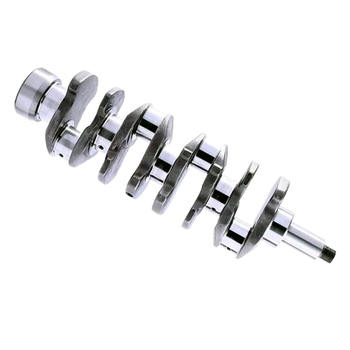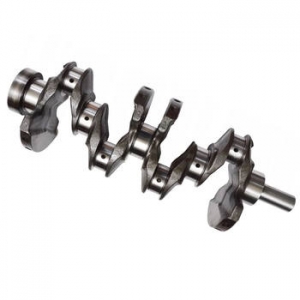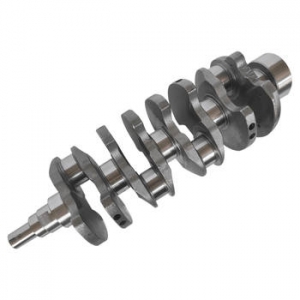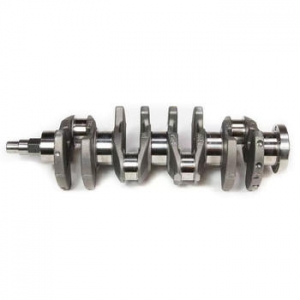The Importance of Crankshaft Design in Diesel Engines
The crankshaft is a vital component in diesel engines, converting the reciprocating motion of the pistons into rotational motion. This rotational motion is what ultimately drives the vehicle or machinery. As such, the design of the crankshaft has a significant impact on engine performance, fuel efficiency, and overall power delivery.
Factors Influencing Crankshaft Design
Several factors must be taken into account when designing a crankshaft for optimal power delivery in diesel engines. These include:
- Material selection: The choice of material can greatly affect the strength, weight, and durability of the crankshaft.
- Crankshaft geometry: Proper design of the crank throw, main and rod bearings, and counterweights can help minimize vibrations and improve engine balance.
- Manufacturing processes: Advanced manufacturing techniques, such as forging and precision machining, can enhance the crankshaft's structural integrity and performance.
Optimizing Crankshaft Design for Optimal Power Delivery
To achieve the best possible power delivery in diesel engines, engineers must focus on the following aspects of crankshaft design:
- Reduce weight: A lighter crankshaft can help improve engine response, reduce friction, and enhance fuel efficiency.
- Enhance stiffness: Increasing crankshaft stiffness can minimize deflections and vibrations, leading to smoother engine operation and improved performance.
- Optimize bearing design: Properly sized and positioned bearings can reduce frictional losses and ensure proper crankshaft support, resulting in better power transfer and engine longevity.
Innovations in Crankshaft Design for Diesel Engines
Modern crankshaft design for diesel engines has seen several innovations aimed at improving power delivery, fuel efficiency, and engine performance. Some of these innovations include:
- Counterweight optimization: Using computer simulations to optimize counterweight design can help minimize vibrations and improve engine balance.
- Integrated damper systems: Integrating a vibration damper into the crankshaft can help absorb torsional vibrations, leading to smoother engine operation and reduced wear.
- Advanced materials: Utilizing high-strength, lightweight materials, such as composites or high-grade steels, can help improve crankshaft performance while reducing weight.
By focusing on these key aspects of crankshaft design, engineers can unlock the full potential of diesel engines, delivering optimal power, improved fuel efficiency, and enhanced overall performance.





